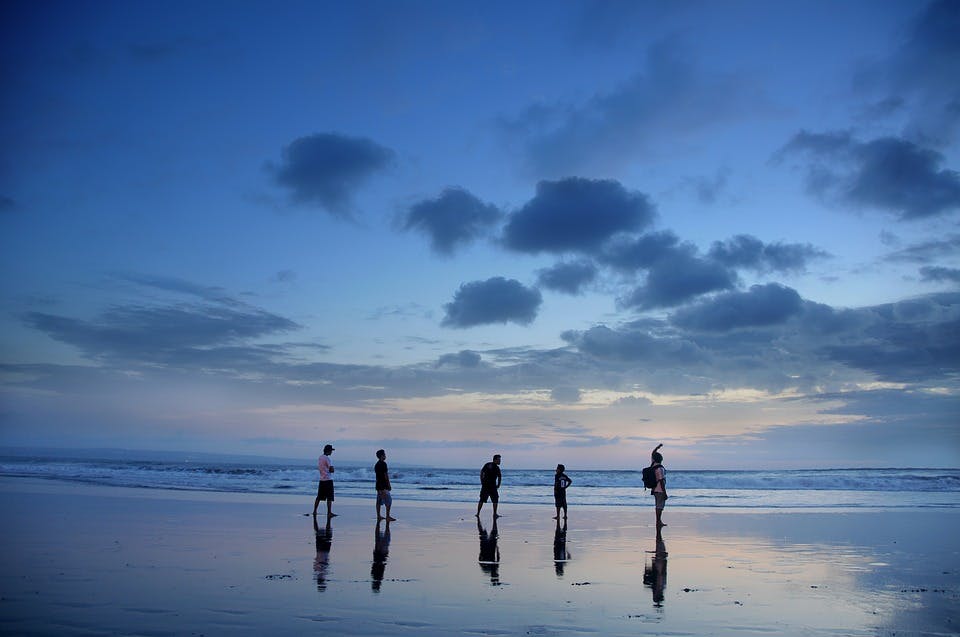If you happen to visit one of our beautiful parks in Hawaii, you may notice a furry weasel-like animal slinking around between trashcans and abandoned picnic tables. Sometimes mistaken for a squirrel by visitors, this secretive creature is actually a mongoose. You may remember mongooses (not mongeese!) through Kipling’s Rikki-Tikki-Tavvi, the fierce and beloved pet who saved his human family from a cobra’s lethal bite. Although valuable for this reason in India, today mongooses are actually despised in Hawaii because of their destructiveness to native fauna.
No, this mongoose didn’t sneak indoors. It’s my friend’s pet. Most mongooses live outdoors and aren’t very friendly.
The mongoose’s history in Hawaii coincides with the growing of sugarcane. During the 1800s, the sugarcane industry flourished in Hawaii, as well as other tropical islands. With sugarcane, came rats, who feasted on the sweet stalks causing destruction and major crop losses. In 1872 on the island of Jamaica, sugar plantation owner W.B. Espeut introduced nine Indian Mongooses from Calcutta to his Jamaican plantation. They did such a great job at controlling rat populations, that Espeut wrote a journal article raving about mongooses and promptly began exporting them to other sugarcane plantations.
When Espeut’s article reached Hawaii, plantation owners on the Hamakua Coast on the Big Island began importing mongoose from Jamaica. They were bred and their offspring shipped to other islands. Every island in Hawaii received mongoose except for Kaua’i and Lana’i. There are two stories that talk about Kaua’i’s lack of mongoose. The first is that the residents of Kaua’i were opposed to having the animals on the island and when the ship carrying the animals reached Kaua’i, the animals were thrown overboard and drowned. The other story tells that upon arriving to Kaua’i one of the mongooses bit a dockworker who then angrily threw the caged animals into the harbor to drown. In the end, not having mongoose on Kaua’i happened to be a blessing in disguise.
Mongooses are diurnal creatures, which means that they are awake and hunt during the day and sleep at night. Rats, on the other hand, are nocturnal which means that they sleep during the day and are awake at night. Although Hawaiian mongooses did manage to eat a few rats, but due to their conflicting sleep schedules they had no affect on the overall rat population. Mongoose have a taste for bird eggs, however, and began eating native bird eggs belonging to some endangered species such as the Nēnē goose as well as our native forest birds. Rats were already doing a good job at this, and mongooses just added to the destruction.
Although this guy’s super cute, state parks try their best in controlling the rest of the mongoose population.
Efforts are currently being made to control mongoose population in critical areas, however, in urban settings they remain on the loose. If you encounter a mongoose, don’t attempt to touch or feed it. They can become aggressive and inflict a nasty bite when cornered. Mongoose usually hide or run away from humans, but if you happen to see one while on vacation, remember this story and the importance of doing your homework!
Source: Little Known Tales in Hawaii History By Alton Pryor
Photo Credit: Daniela Martinez




